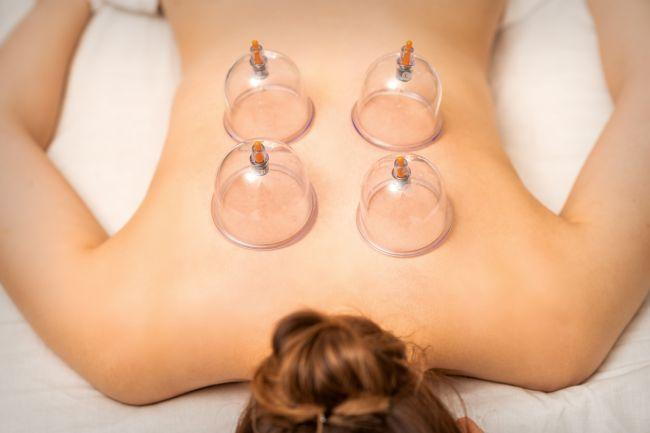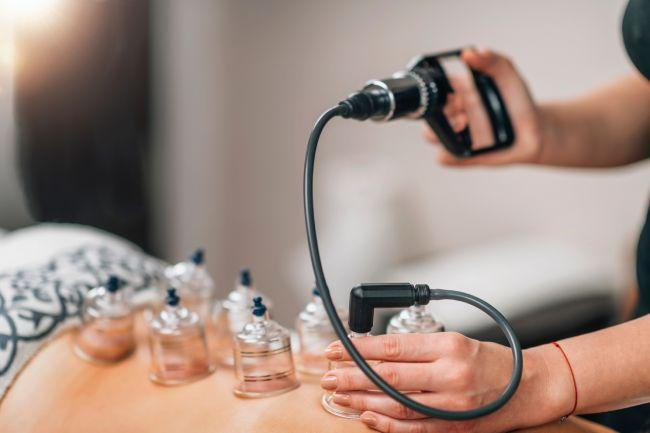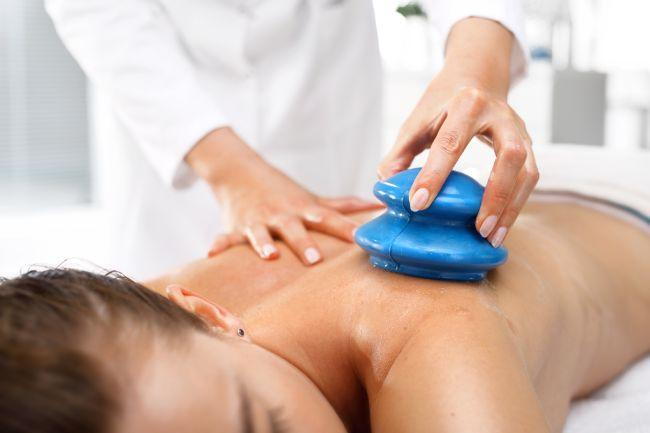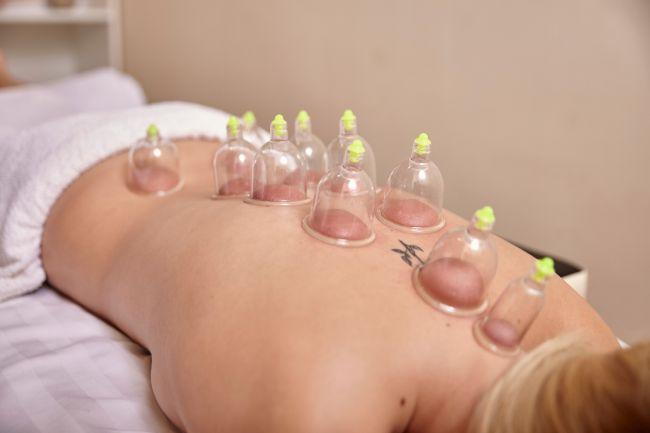Frequent Questions About Cupping Therapy
- posted: Dec. 26, 2022
What exactly is cupping therapy? Is it a painful procedure? How often can I take it? Who should avoid cupping? What can cupping treat? Is cupping safe for everyone?
Basically, these are a few of the many queries raised when it comes to cupping therapy. Even though the therapy is thousands of years old, its earliest written evidence was made by the Egyptians and the Chinese. This ancient alternative medicine has received tons of attention lately, thanks to many health-conscious athletes and celebrities.
Well, let’s try finding the answers to all commonly asked cupping therapy questions here.
What is Cupping Therapy?

Cupping therapy is a part of Complementary and Alternative Medicine (CAM) practiced worldwide. This treatment involves placing cups around selected skin parts, creating a sub-atmospheric pressure, either by heat or suction. This therapy is believed to work by rectifying imbalances inside the body and creating harmony in the flow of ‘Qi,’ which means life energy or energy in all things. Hence, if performed by an expert cupping therapy chiropractor, cupping therapy carries the potential to enhance the quality of life.
How Does Cupping Therapy Work?

Placing cups on predefined body areas creates a vacuum when they are removed mechanically or while thermally cooling the trapped air under the cup. This results in drawing fluid into the said areas. The body starts acknowledging this like an injury. It sends more blood to these regions, increasing blood flow and loosening the fascia or the connective tissues. Hence, the body’s natural healing process is triggered, acting more or less like a backward deep tissue massage.
How Many Types of Cupping Therapy Are There?
Cupping methods are of 6 major types based on several approaches:
- The technique used (Dry, Wet, Massage, Flash Cupping)
- The power of suction (Light, Medium, Strong, Pulsatile Cupping)
- The method of suction (Fire, Manual Vacuum, Electrical Vacuum) Cupping
- The materials inside the cups (Herbal, Water, Laser, Moxa, Needle, Electric Cupping)
- The area under treatment (Pedi, Abdominal, Facial, Female Cupping, Male Cupping)
- Other types (Sports Cupping, Cosmetic Cupping, Aquatic Cupping)
Traditionally, cups were made of glass, metals, clay, or even bamboo. Silicone cups are being used for more comprehensive cupping of big joints. Cupping therapy chiropractors around the globe use different shapes of cups, from balls to bells, in variable sizes, ranging from 25-75mm across the opening. Your chiropractic care provider can use a maximum of 5-10 cups, depending on the site or the degree of pain in an area per session, or even lesser for first-timers.
What To Expect During Cupping? Is It Painful?

Cupping is not at all a painful procedure. Many times, you will only feel it like a smooth massage on your body. In the beginning, the suction might feel tight to you as it draws the skin towards the cup, but worry not – this will fade quickly. The cupping therapy chiropractor will probably move the cups around, leave them in a place for longer intervals, or use them repeatedly in the same area for shorter periods. At the end of the session, as the cups are removed, you will feel relieved, stress-free, more calming, and much lighter.
Furthermore, the red circular marks that remain after the therapy shouldn’t be confused with bruises as they tend to go away fast. They are nothing but signs of blood pulled into the area and usually last from a few hours to several days.
What Are the Benefits Of Cupping Therapy?

Cupping therapy is useful for preventive or therapeutic purposes. It is effective against many general malaise such as chronic headaches, stiff shoulders, fatigue, and so on. In addition, it is also effective against endogenous chronic diseases such as hypertension, neuralgia, and rheumatism. The therapy effectively treats localized diseases viz, neck pain, lower back pain, knee pain, and in systemic diseases viz, diabetes mellitus, asthma, rheumatoid arthritis, psychiatric disorders, and skin disorders. All in all, cupping therapy is suitable for treating pains and diseases of the circulatory, respiratory and digestive systems, sports injuries, and cosmetic purposes like treating cellulite during weight loss programs.
Who All Should Avoid Cupping?
People suffering from cancer, hemophilia, or a similar blood disorder, organ failure, and those with pacemakers should avoid cupping therapy. It is also not recommended for pregnant women, people with high serum cholesterol levels, those suffering from certain cardiovascular diseases, and those being treated with anticoagulants. Additionally, it should be noted that cupping cannot be performed directly over nerves, arteries, varicose veins, skin lesions, Body orifices, lymph nodes, or areas with skin inflammation.
How Often Can I Take Cupping?

The usual duration per session of cupping therapy is about 15-25 minutes. For acute conditions, the therapy can be carried out daily, and for chronic diseases, it can be done on alternate days. The full benefit of cupping is visible only after about 5-10 sessions. Sometimes the benefit is visible immediately after the therapy, but short-lived, especially while treating emotional or persistent chronic diseases.
What Are The Complications Of Cupping? Is It Safe For All?
Cupping is generally safe for everyone, with very few cases of complications. However, mild to moderate adverse events like scar formation followed by burns, headache, dizziness, tiredness, nausea, muscle tension, insomnia, abscess, skin infection, anemia, and others may be seen if not performed by certified cupping therapy chiropractors. A proper healthcare provider is advised to be consulted immediately in such cases.
So Why Wait?
While cupping therapy shouldn’t be considered a magic cure for any disease, it can always go in conjunction with other forms of treatment. We, at the Back In Motion, offer the best services possible to our clients. Feel free to contact us to learn more about chiropractic benefits.
The post Frequent Questions About Cupping Therapy appeared first on Back in Motion Chiropractic.
Back in Motion Chiropractic
2501 E Hebron Pkwy #150,
Carrollton, TX 75010
Location
2501 E Hebron Pkwy #150
Carrollton, TX 75010
Monday
9:00 am - 6:00 pm
Tuesday
9:00 am - 3:00 pm
Wednesday
9:00 am - 6:00 pm
Thursday
9:00 am - 3:00 pm
Friday
9:00 am - 6:00 pm
Saturday
8:00 am - 12:00 pm
Sunday
Closed
